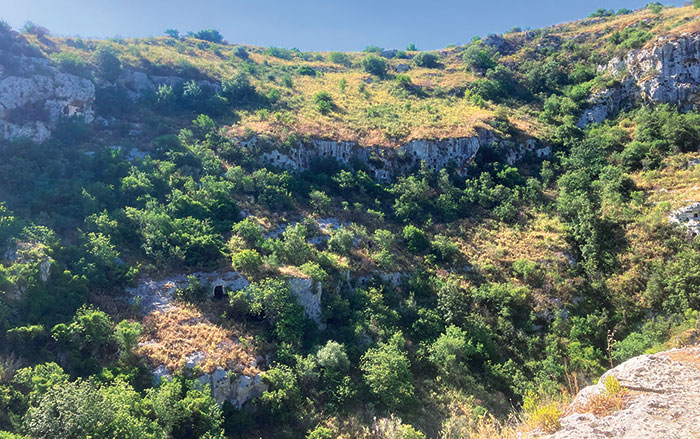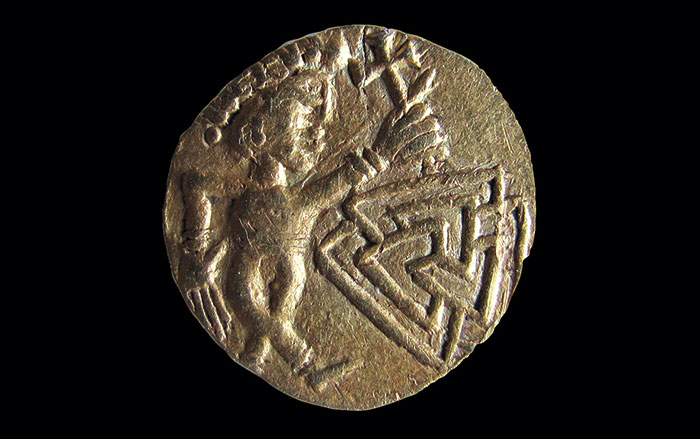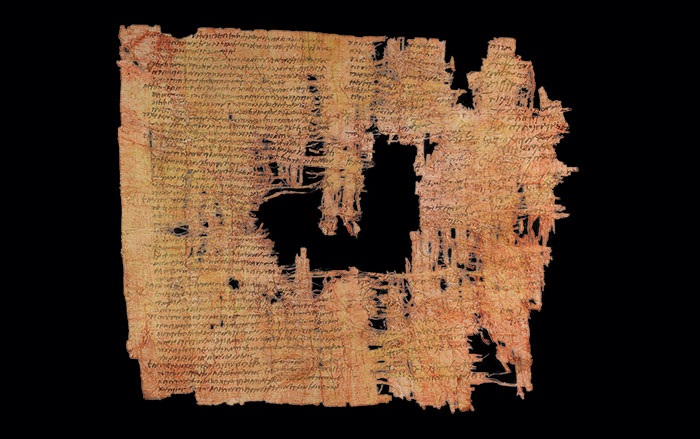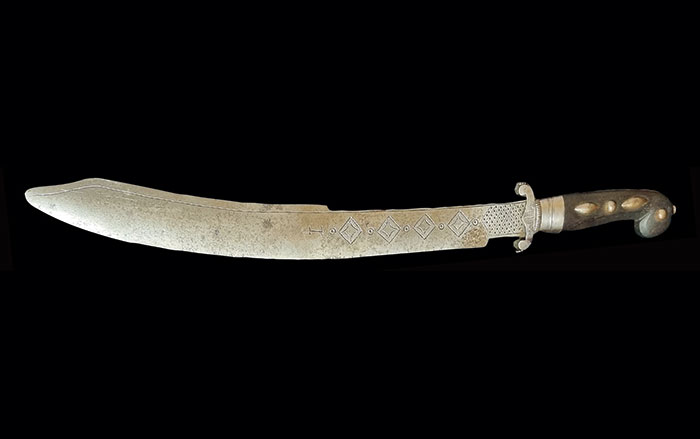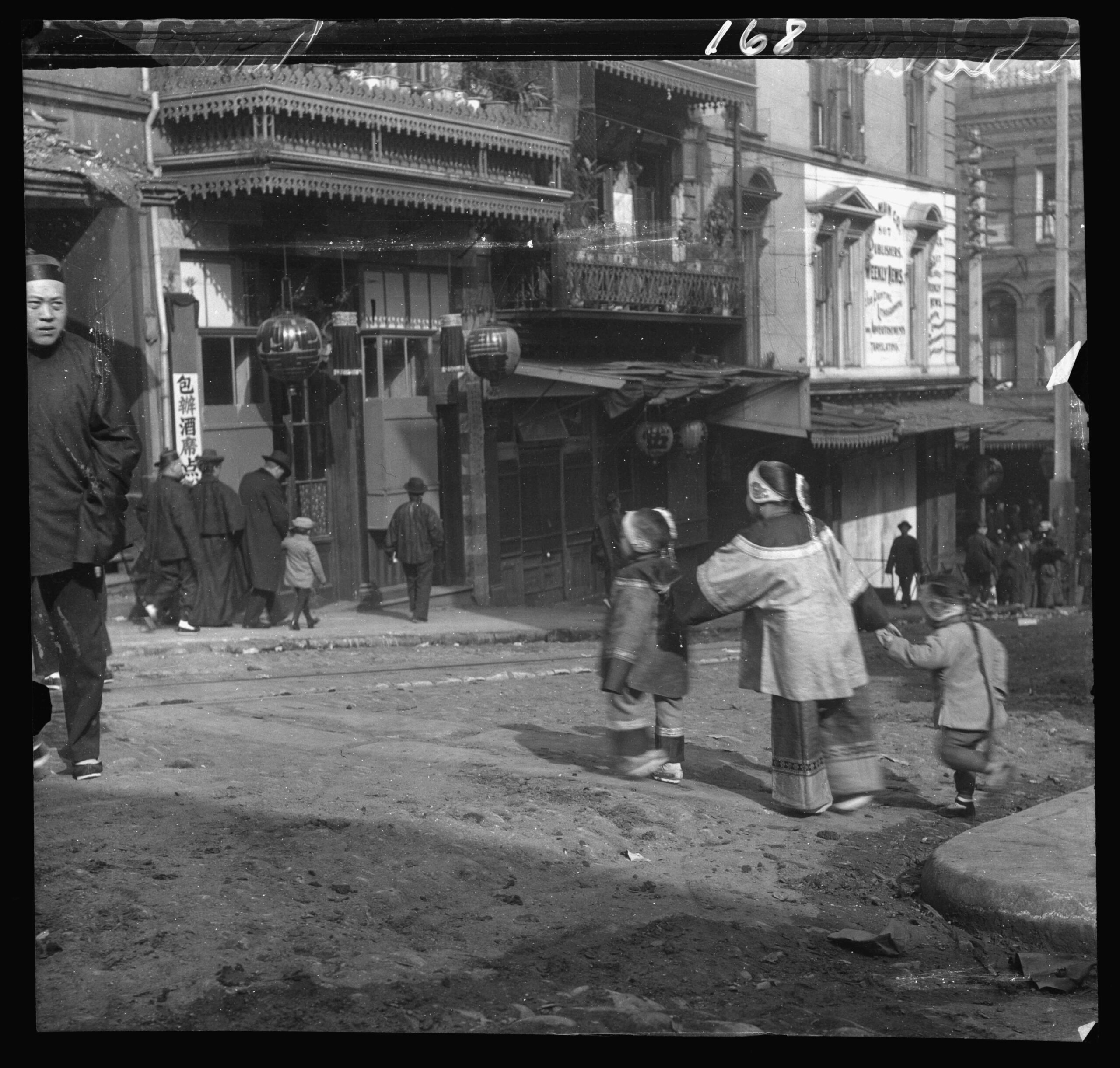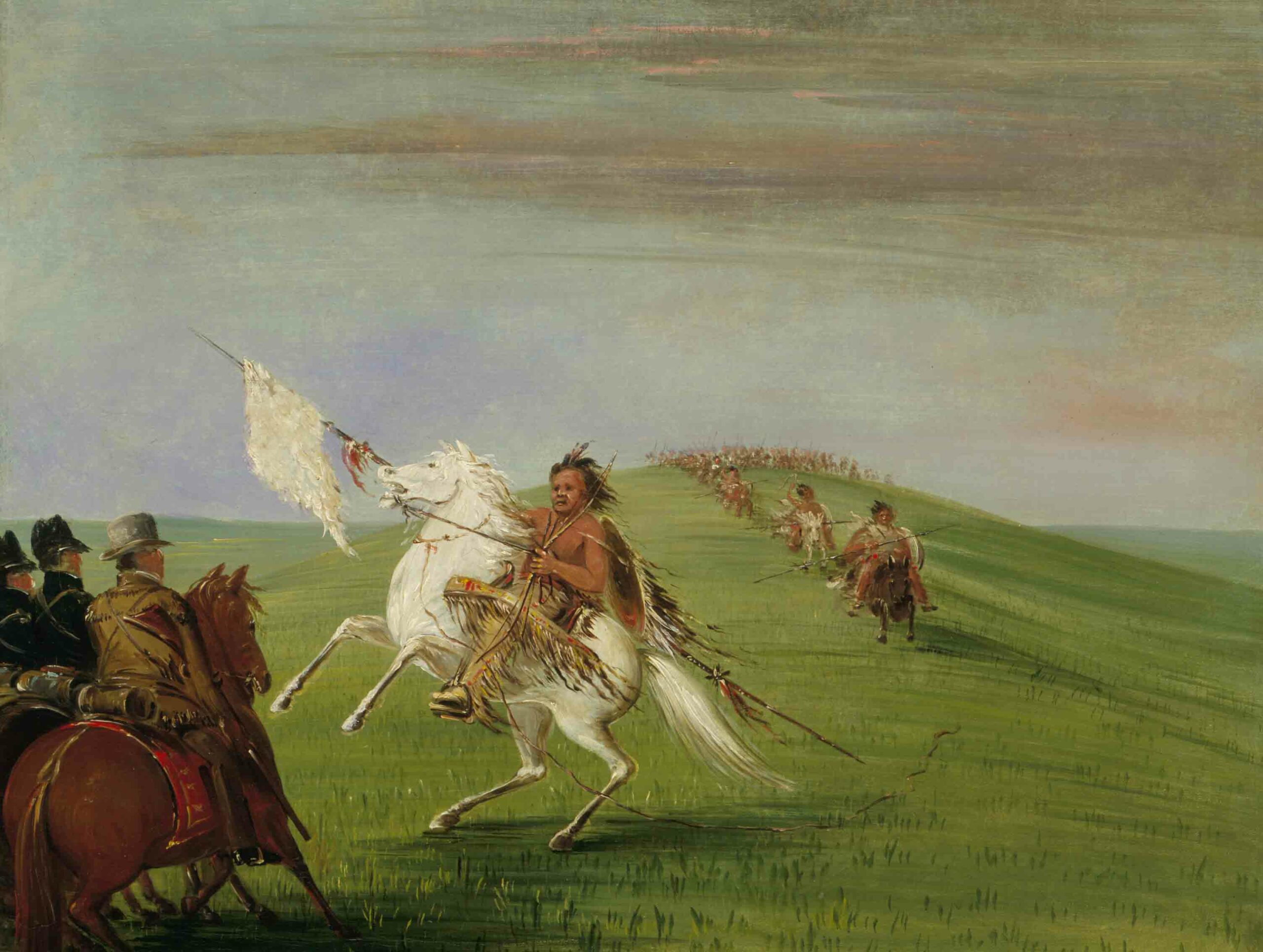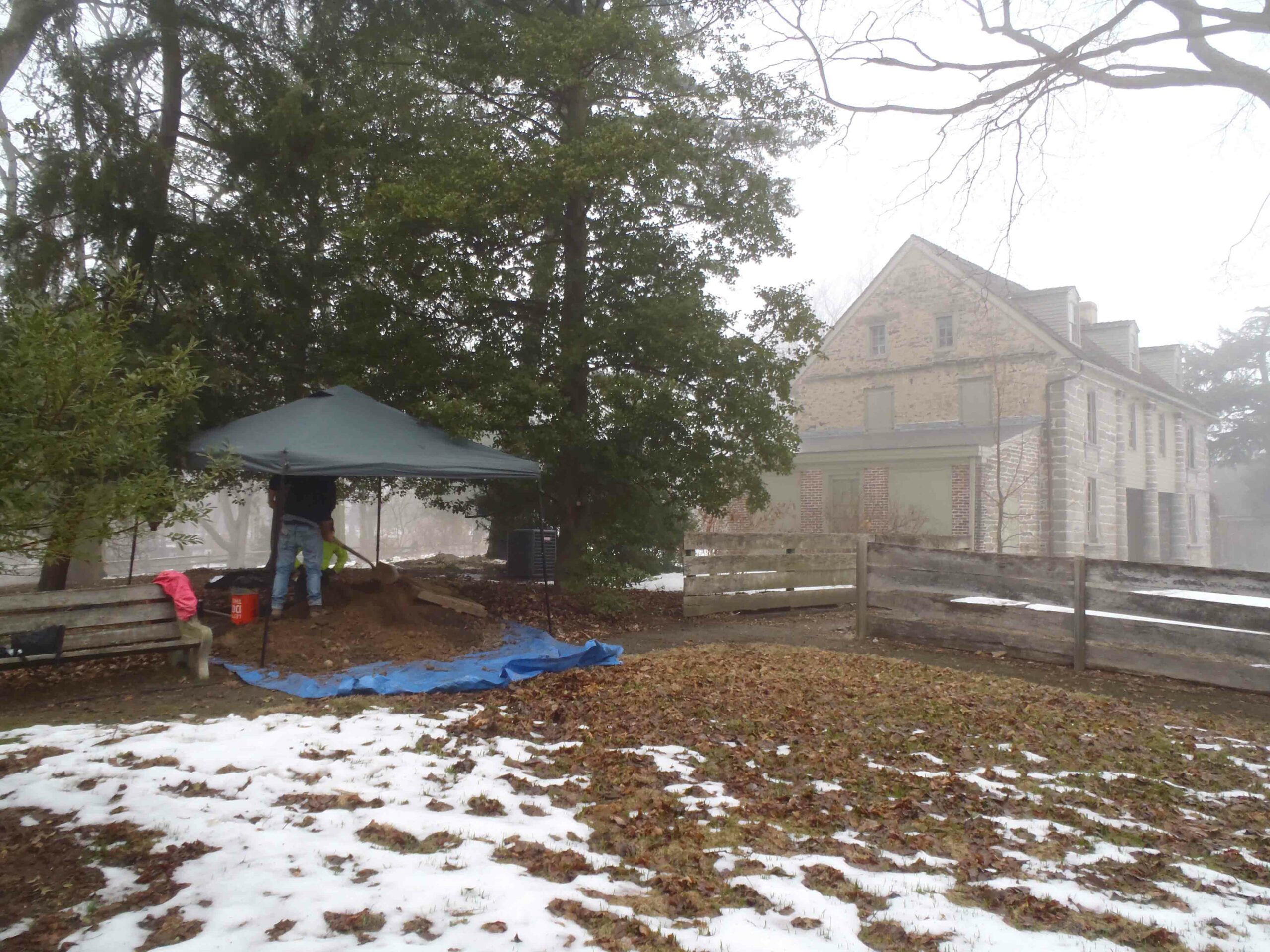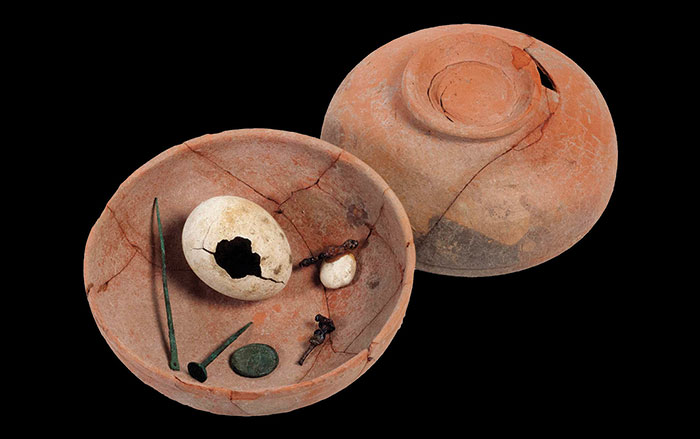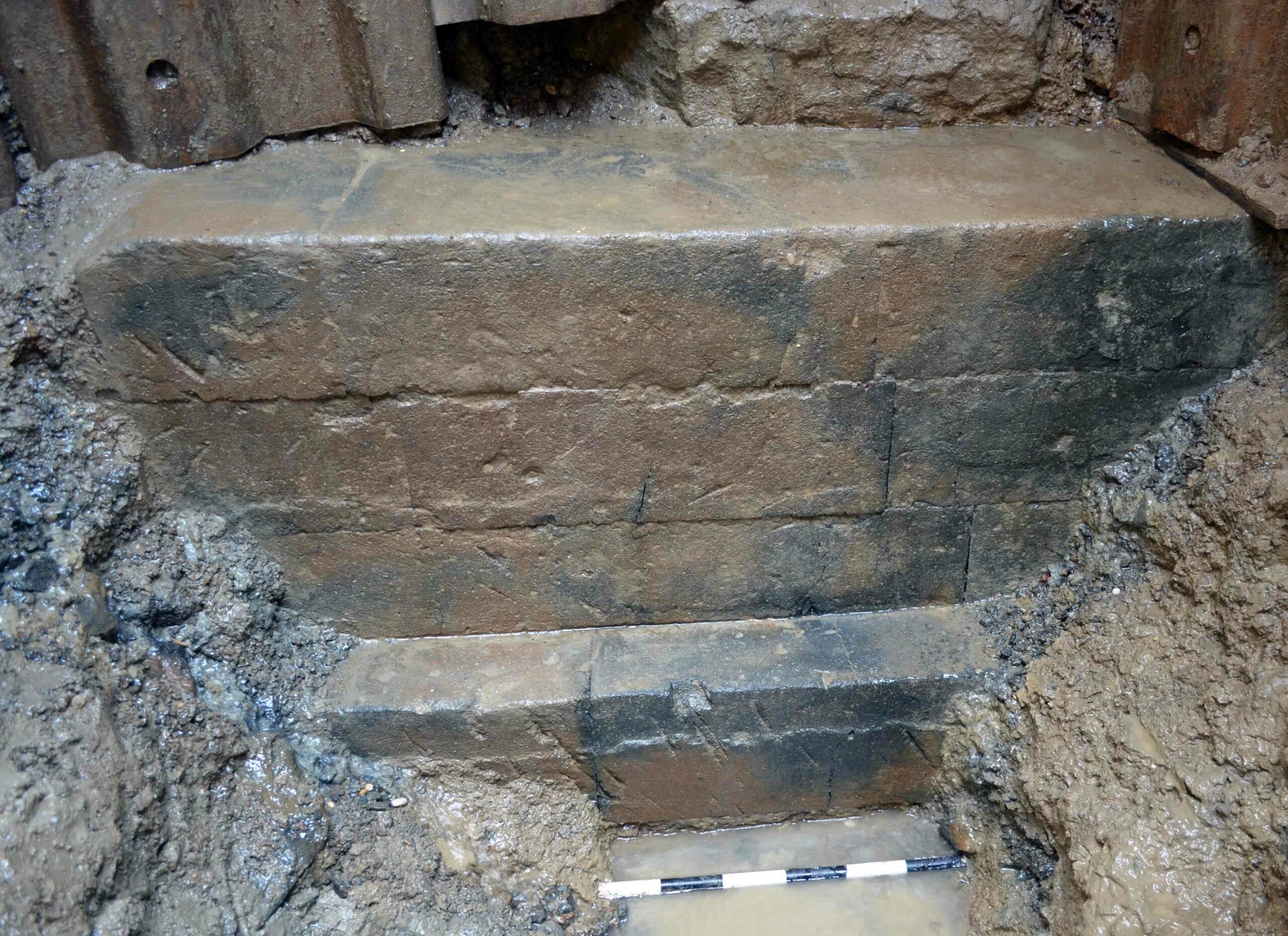
PULLMAN, WASHINGTON—Tim Kohler and Kelsey Reese of Washington State University analyzed thousands of skeletal remains from hundreds of archaeological sites across Utah, Arizona, New Mexico, and Colorado. By determining how many of the remains, which date from 900 B.C. to the early 1500s, belonged to children between the ages of 5 and 19, they were able to estimate that the birthrate slowly increased until about 400 A.D., and then rose more quickly and then leveled off around 1100. On average, each woman gave birth to more than six children during this period of “baby boom.” The population explosion coincided with the shift from nomadic hunting and gathering to maize farming, and may have provided women with the calories needed to produce and care for larger families. “We begin to see much more substantial dwellings, indicating that people are spending a much longer period of time in specific places,” Kohler told Live Science. A steep decline in the birthrate after 1300 may reflect a severe drought in the 1100s; the effects of harmful protozoa, bacteria, and viruses carried by irrigation; and violence.


